One of the impressive stone sculpture art forms of the Champa kingdom from the early 17th century onwards is the system of Kut statues belonging to spiritual beliefs, placed in temples and cemeteries of each clan.
Kut cemetery is a typical symbol of the matriarchal system of the Cham people following Brahmanism (Cham Ahier), to commemorate ancestors and the deceased. In addition to displaying ancient architectural works, with many unique stone sculptures, these places are also places to preserve rituals, beliefs, and religions in the traditional culture of Champa.

Origin of Kut statue
The art of stone sculpture of the Champa kingdom developed strongly from about the 2nd to 17th centuries throughout the kingdom. Stone sculpture is a profession specializing in decoration in temple architecture, in holy places through each architectural and artistic style. After more than a thousand years, the My Son sanctuary in Quang Nam and many Cham towers along Central Vietnam still have intact stone objects of worship with themes of the gods Vishnu, Shiva, Ganesha, lions, the divine bird Garuda, the dancer Apsara, monks, the divine cow Nandin... lasting more than a thousand years like that without seeing the appearance of Kut statues in the holy places, Buddhist monasteries or in the temple towers.
Therefore, when researching the origin of Kut and the formation of the Kut cemetery of the Cham people, it is still a mystery. Because in reality, there is no Kut temple or cemetery before the 17th century; there are also no documents in ancient books or legends left to talk about this type of cemetery. Apart from a few documents mentioning the appearance of Cham Kut during the Po Klong Garai dynasty at the end of the 13th century, there is no actual evidence.
In fact, in the ancient land of the Champa kingdom in Panduranga to the South, which is now Ninh Thuan and Binh Thuan, there used to be many ancient temples containing Kut statues and Kut statue cemeteries. The destruction of nature and human neglect have left these ancient temples and Kut statue cemeteries desolate and lost in the past. However, until now, some temples or ancient cemeteries still worship Kut statues dating back to the late 16th and 17th centuries. That is a solid scientific basis to confirm the appearance of Kut statue cemeteries that were not present for many centuries before.
The ancient Kut statues and Kut cemeteries of the Cham people are unique cultural heritages. More mysteriously, the temples of the Champa kings are filled with Kut statues, large and small, of all kinds, with ideas expressed through elaborate sculptures and carvings. Each statue has a different appearance and represents the status and rank in contemporary society in each sculptural detail. It can be distinguished based on the worship statue, the location of the worship statue, inside, outside, left and right.
More important are the documents left by previous generations. Normally, in a temple of the Champa king, there are statues of the king, queen and their Kut children placed in the temple. Outside are the Kut of people with high status in the dynasty or high social and clan ranks, and depending on that, there are different forms and decorative motifs on the Kut. These things all have their own language, reflecting the relationship of clan and hierarchy, beliefs... which are difficult to understand if not guided by knowledgeable dignitaries.
In terms of traditional cultural beliefs and sculpture, it can be seen that the Kut statue collections in Ninh Thuan and Binh Thuan in the 16th and 17th centuries are the continuation of stone sculpture art from previous centuries, in accordance with the nature and style of religion and beliefs of this period, and are a continuation of the sacred meaning of ancestors.
The desolation of Kut cemetery
Around the late 19th and early 20th centuries, in the Ninh Thuan and Binh Thuan areas, there were still many Kut temples and cemeteries located far outside the Cham villages. Many temples were too old and no one worshiped them, so they were abandoned; interspersed with Kut cemeteries in the same state, everywhere you could see Kut statues lying around on the edge of fields and in the corners of the fields. So much so that Mr. H. Parmentier - a French archaeologist, several times in the early 20th century, when he saw that situation, called it a cemetery.
In a research work on Champa culture in the early 20th century, he wrote: “Within a radius of a few kilometers around Phan Ri Cham district, we can see many Cham cemeteries or the ruins of tombs, temples... A cemetery in a state of disrepair is located near the main road, in Tri Thoi village, Tuan Giao commune. In the back part, there is a completely destroyed wooden temple containing 5 beautifully carved Kut. Another group of Kut is located 800 meters from Cham district, in the Vietnamese village of Hau An, Ninh Ha commune. There are 3 Kut arranged in a row, about 75 cm high, with quite elaborate decoration...”.
Once when passing through the Cham village of Palei Marok, the people showed him the tombs of King Po Rome's mother and father. 5 Kut were arranged in a row on a mound of land, in the village of Viet Hoa Thuan, Da Phuoc commune, Hoa Da district. And there are many cemeteries like that that H.Parmentier described in many pages of books and called them desolate cemeteries.
In the years 1993 - 1995, the Department of Culture, Sports and Tourism of Binh Thuan surveyed most of the Kut cemeteries and ancient temples of the Cham people, following the instructions in the research documents of H. Parmentier and the direct guidance on geography of some elderly people who understand the history, culture and beliefs of the local Cham people in Phan Hiep, Phan Thanh and Phan Hoa communes. But all were almost wiped out, no longer the cemeteries, temples and deserted graveyards of the past, most of them turned into fields and plantations of the people.
Thanks to the guidance of the people, 30 years ago the Provincial Museum also selected and recovered a number of Kut statues, displaying them as unique works of sculpture. Interspersed with statues of gods, Linga-Yoni altars and legendary worship objects in Champa culture were connected from the 17th - 18th centuries as a continuous and long artistic chain, as if the art form of stone sculpture had never been broken.
Consulting many local Cham folklore researchers, Brahmin dignitaries, and village elders, they said that there were many reasons for the disappearance of ancient Cham temples, Kut cemeteries, and cemeteries, but these were the main reasons: Some clans no longer had people to care for or look after them, or they had migrated to new, distant lands; some other clans did not have enough money to renovate, repair, or perform many expensive rituals... gradually the ancient temples were abandoned and collapsed.
The temples and Kut statue systems that remain today, in addition to the care of the clans, along with the progressive concept of religion, beliefs and spirituality of generations of Cham people and the State's attention to investing in research, embellishment and preservation of cultural heritage. The temple architecture with unique Kut sculptures, is a destination for tourists to explore and learn about the real Champa dynasties in the history of the 17th century in Binh Thuan.
Source: https://baobinhthuan.com.vn/tuong-kut-cua-nguoi-champa-123595.html












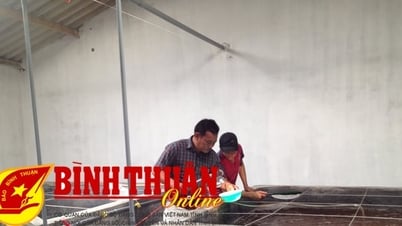

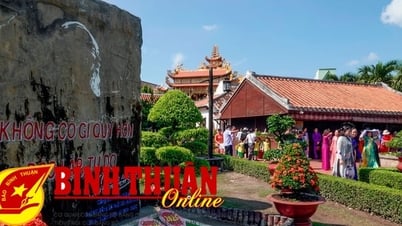




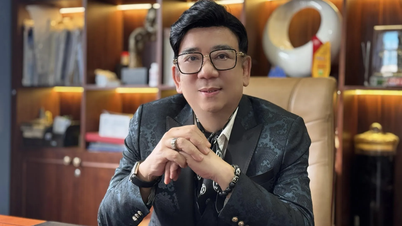

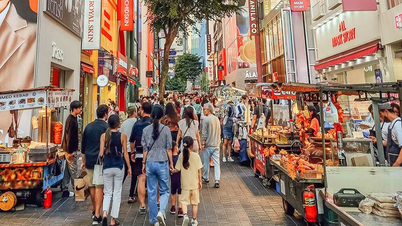
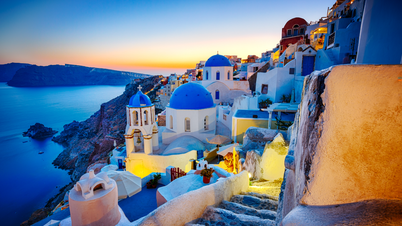
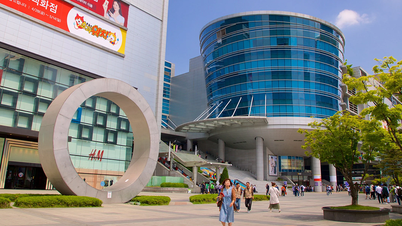
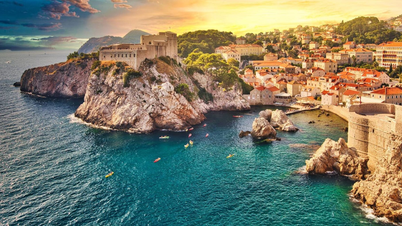
























































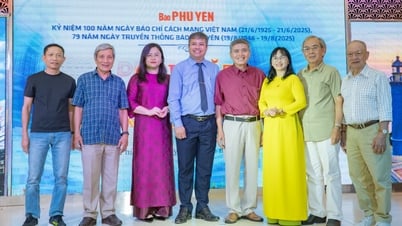

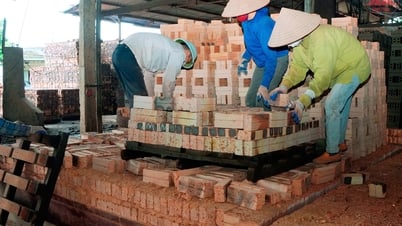
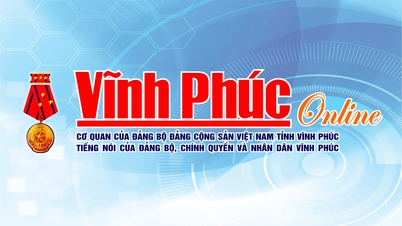










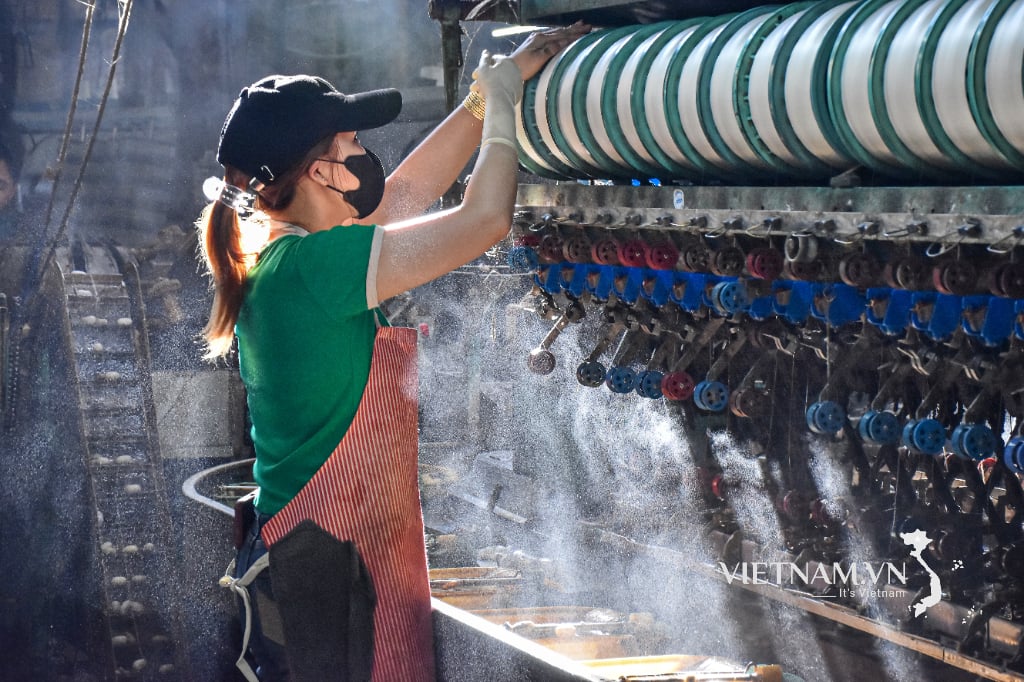
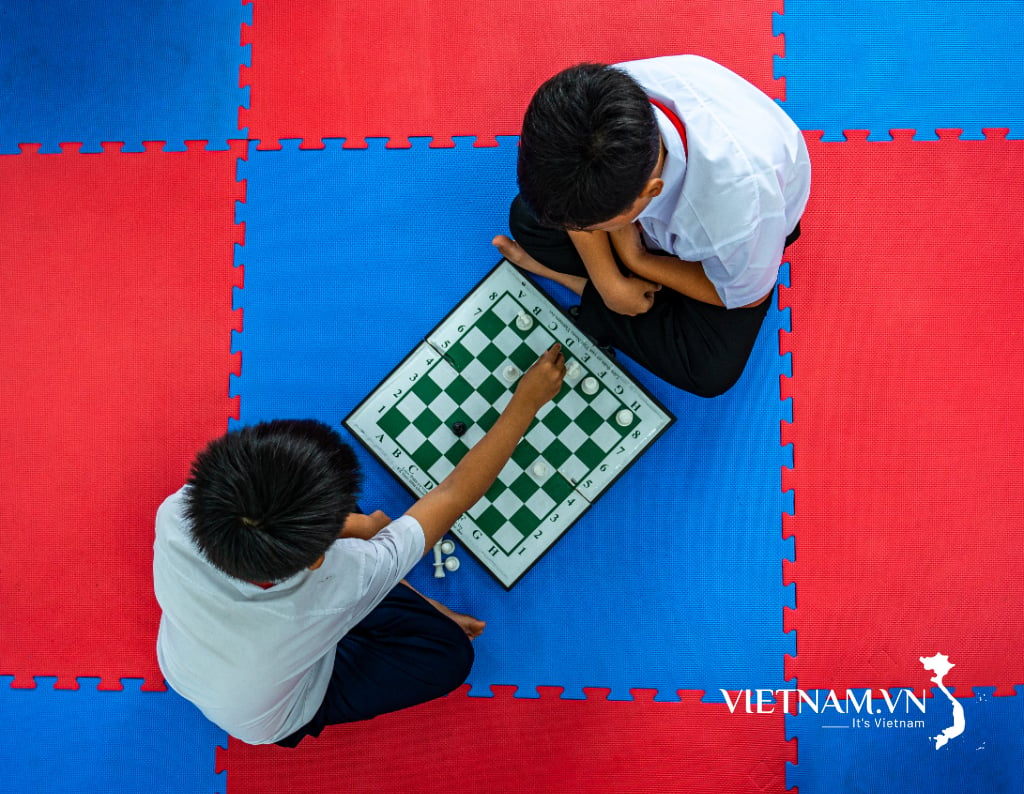
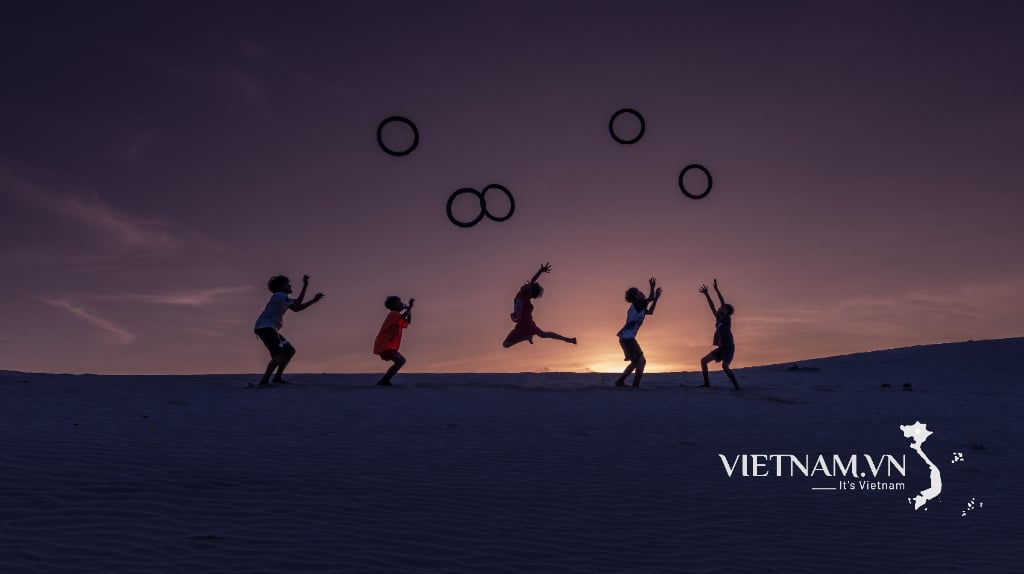
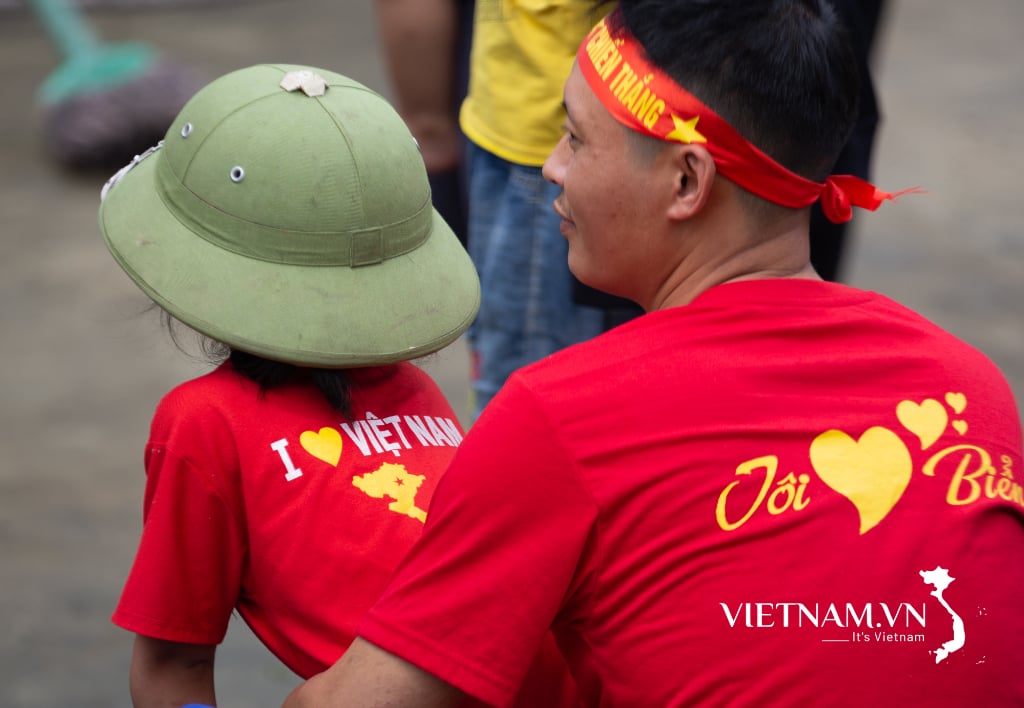
Comment (0)